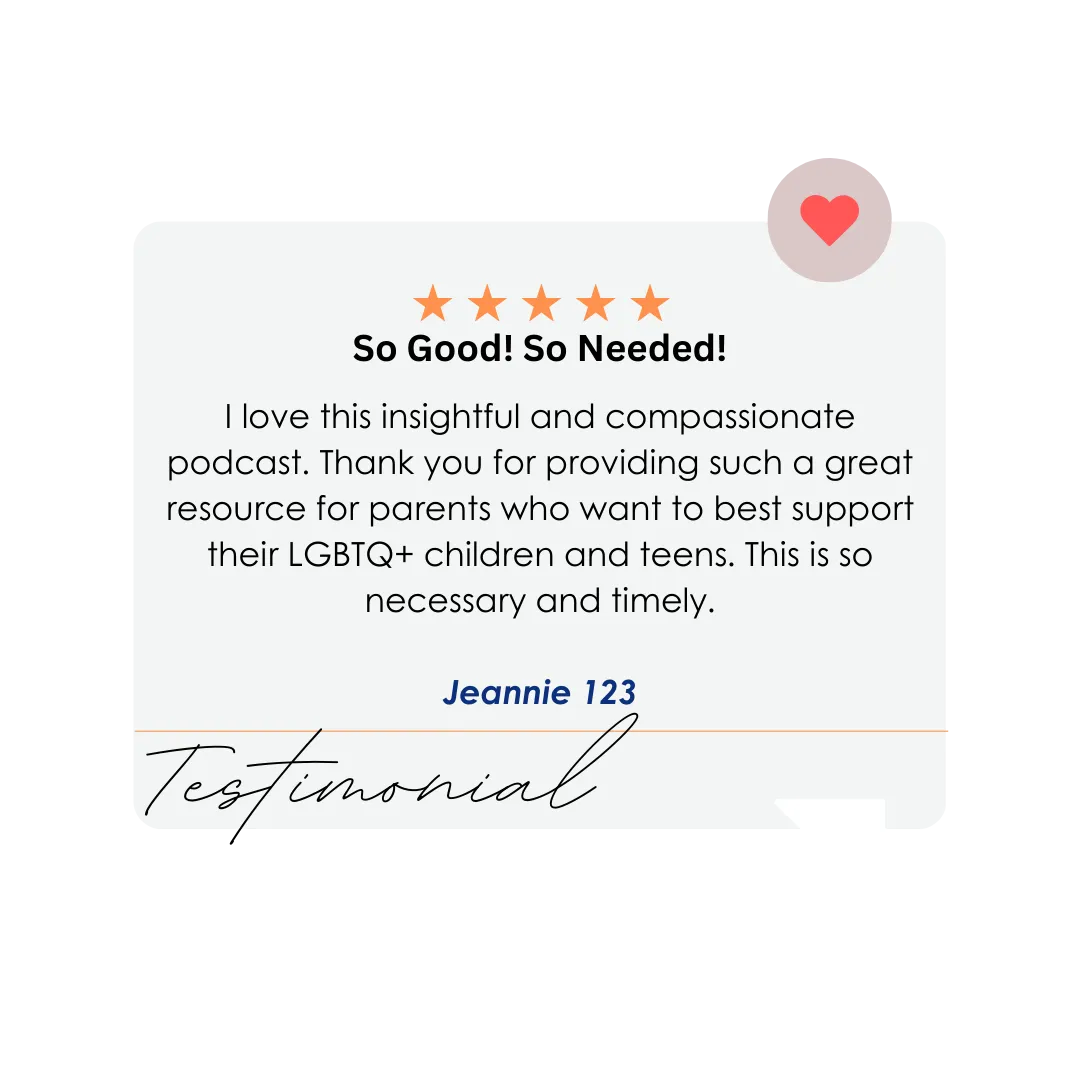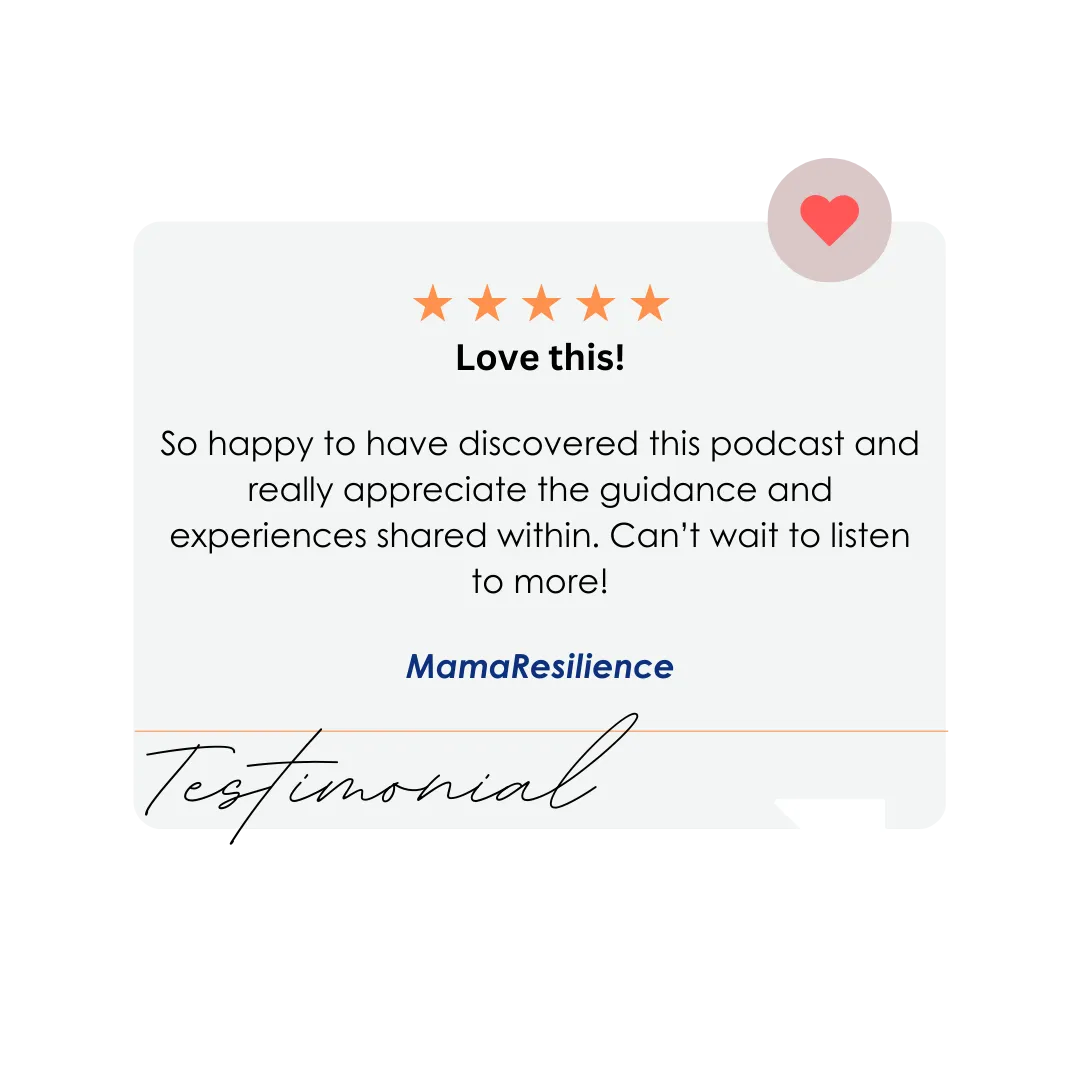EMBRACE • EDUCATE • EMPOWER • LOVE
MENTAL HEALTH
LGBTQ+ youth are more than 2x as likely as their heterosexual peers to experience mental health struggles. Coming out, rejection, trauma, and isolation are just a few of the causes. Read on to learn more and how you can help.

LET'S TALK ABOUT MENTAL HEALTH

I am a huge proponent of mental health solutions & awareness and self-care. Also happen to love my therapist, who is on the shortlist of people I credit with helping me save my life. In fact, I believe everyone should see a therapist. It just makes you a better person; the best version of yourself so you can be the best wife, mom, friend, daughter, etc.
And while I am delighted that mental health is no longer the overshadowed, ugly duckling of western medicine; that encouragement to care for our mental health is almost on par with caring for our physical health. Our country is quite literally in a mental health crisis. According to Mental Health America’s 2019 annual State of Mental Health report, major depression in our youth has increased by 4.35% over the past six years despite an increase in awareness. Yikes!
Adolescence is a critical period for mental health because many mental health disorders show onset during and directly following this developmental period (Kessler et al. 2005, 2007). Recent US estimates of adolescent past-year mental health diagnoses indicate that 10% demonstrate a mood disorder, 25% an anxiety disorder, and 8.3% a substance use disorder (Kessler et al. 2012). Further, suicide is the third leading cause of death for youth ages 10 to 14 and the second leading cause of death for those ages 15 to 24 (CDC 2012). (ARCP)
These are startling numbers, and they beg for answers to some unsettling questions. First, why are the numbers still increasing when overall awareness is also increasing? Second, what are the underlying potential causes that all youth have in common? Third, what shifts are needed across the board (mental health professionals, parents/families, schools/organizations, youth)?
Thankfully, mental health solutions and awareness are increasing. It is quite a large umbrella, so here is a very basic breakdown of teen-specific signs and symptoms of depression and anxiety disorders:
DEPRESSION
Sadness
Feeling negative and worthless
Increased fatigue and sleep problems
Anxiety
Irritability and anger
Changes in appetite and weight
Poor performance in school
School refusal
Feeling misunderstood and extremely sensitive
Substance abuse
Loss of interest in normal activities or social interaction
Self-harm and suicidal ideation
ANXIETY
Irritability
Restlessness
Difficulty concentrating
Avoiding normal activities or social interaction
Isolating from friends
Frequent headaches
Gastrointestinal issues
Fatigue
Sleep problems
Poor performance in school
Symptoms of panic attacks (rapid heartbeat, sweating, shaking, difficulty breathing, chest pain)
There are many tools and treatments available. The earlier your child learns coping techniques, the easier it will be. I have seen it with my own kids. All four manage their own flavor of depression and/or anxiety. As we dug deep the past four + years to learn all we could and stripped away all stigmas about seeing a therapist, all six of us have benefitted greatly. My younger daughter Grace knows that music, drawing, or designing one of her fabulous special effects make-up creations helps calm her anxiety. My older daughter Isabelle employs several breathing techniques, music, or quiet meditation when her anxiety kicks in. It is trial and error. Do not get discouraged.
Knowing what adolescent mental health looks like is helpful when understanding the mental health of our LGBTQ+ youth.
SOME STUDIES:
Numerous studies conducted both in the United States and internationally consistently conclude that LGBT youth report higher rates of emotional distress, symptoms related to mood and anxiety disorders, self-harm, suicidal ideation, and suicidal behavior when compared to heterosexual youth (Eskin et al. 2005, Fergusson et al. 2005, Fleming et al. 2007,Marshal et al. 2011). Furthermore, any or all of these have been shown to be a precursor to substance use, abuse, and dependence; Marshal et al. 2008). (ARCP)
In youth 14 to 21 years old, Fergusson and colleagues (1999) found that LGB youth were more likely to report suicidal thoughts or attempts, and experienced more major depression, generalized anxiety disorders, substance abuse/dependence, and comorbid diagnoses, compared to heterosexual youth. Results from a more recent US study that interviewed a community sample of LGBT youth ages 16 to 20 indicated that nearly one-third of participants met the diagnostic criteria for a mental disorder and/or reported a suicide attempt in their lifetime (Mustanski et al. 2010). When comparing these findings to mental health diagnosis rates in the general population, the difference is stark: Almost 18% of lesbian and gay youth participants met the criteria for major depression and 11.3% for PTSD in the previous 12 months, and 31% of the LGBT sample reported suicidal behavior at some point in their life. National rates for these diagnoses and behaviors among youth are 8.2%, 3.9%, and 4.1%, respectively (Kessler et al. 2012, Nock et al. 2013). (Annual Review of Clinical Psychology)
While these statistics are startling, there is some good news. Changes in societal acceptance of LGBT people have made coming out possible for youth. Compare today’s average age of 16 to the age of 18 a decade ago and 20 in the 1970s. However, the age of coming out now intersects with the developmental period characterized by potentially intense interpersonal and social regulation of gender and sexuality, including homophobia. Given this social/historical context, and despite increasing social acceptance, mental health is a particularly important concern for LGBT youth. (ARCP)
What we know now is that Connor’s mental health journey has pretty closely mirrored the above statistics. However, we did not know this at the time of his coming out or even prior when he struggled for years with anxiety (ages 10-12) and both anxiety and depression (ages 13+).
A POWERFUL THING:
Knowledge is half the battle. Solid information helps give us options and helps us create a plan (or plans) of action. While it doesn’t eliminate the trial and error of figuring out the root cause and coming up with a toolbox of tactics, understanding mental health will definitely point you in the right general direction.
You know your child. Even if they seem like a stranger at times, the parent-child bond speaks many silent truths. Listen to what is being said between the lines, listen to what your intuition is telling you, and advocate for your child if need be.
Whenever I bring one of my kids to our pediatrician when they are sick, she first talks to them, checks all of the basic symptoms, and then turns to me and asks what I think is going on. I have always loved that because as parents we know our kids best, even when it feels like we don’t.
For a time at the height of the intensity of our journey, I had one professional tell me that they knew Connor’s thoughts better than I did – after only meeting with him once! For a period of four-five months, we had professionals telling us that Connor’s issue was that he was addicted to marijuana. My husband and I fought, persevered, and advocated for him, insisting they dig deeper to find the root cause. Was he smoking to numb the feelings of anxiety and depression, or was it deeper – had he not fully dealt with his coming out process?
You know your kid. Just like I always knew that Connor taking a bath meant depression was overcoming him, you know your child’s signs. Don’t be afraid to speak that truth.
This TedxTalk is simultaneously heartbreaking and beautifully raw. It is by Jason Reid sharing the story of his son being taken by suicide and how we need to be communicating with our kids. You can listen to my podcast episode with Jay here.
WHAT PEOPLE ARE SAYING ABOUT HEATHER

ABOUT
CONTACT
Looking for tips, tools, and strategies along with a little peace of mind? I invite you into the Chrysalis world!
I am grateful for all who have asked how they can help further this mission!
© 2022 Chrysalis Mama. Powered By Click Automations


































